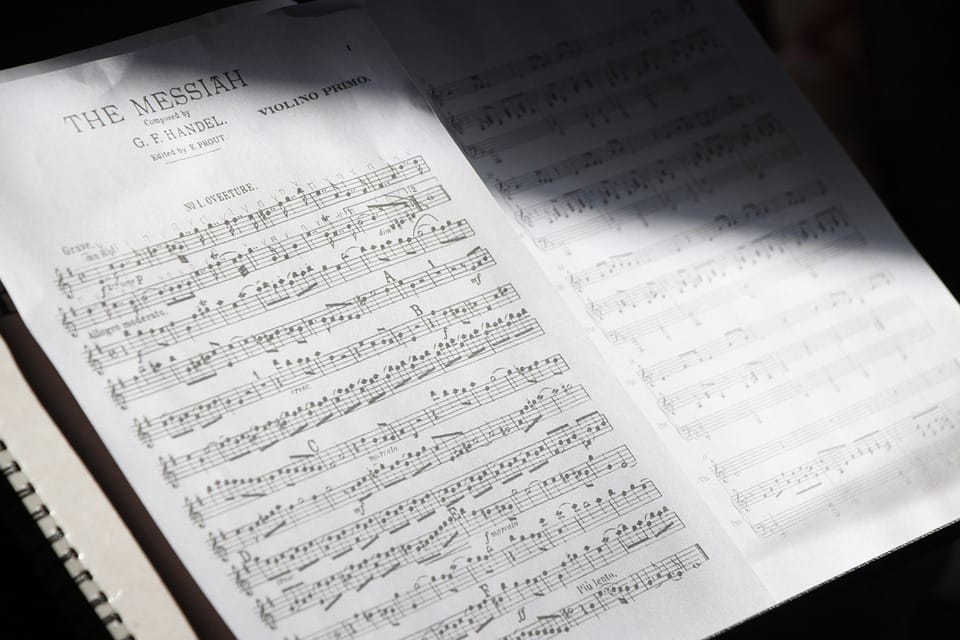Mastering Sheet Music: A Comprehensive Guide for Aspiring Musicians

Learning to read sheet music is akin to unlocking a new language—one that allows musicians to interpret and perform musical compositions precisely as intended by composers. For beginners stepping into the world of Western classical music, understanding the fundamentals of sheet music is an essential first step toward mastering their chosen instrument.
Understanding the Basics
Sheet music is presented on a staff, consisting of five lines and four spaces. Each line and space represents a different note. The treble clef is commonly used for higher-pitched instruments, like the violin or flute, while the bass clef is often utilized for lower-pitched instruments, such as the cello or tuba.
Notes denote the pitch and duration of a sound, while rests indicate periods of silence. Understanding the various note durations—whole notes, half notes, quarter notes, etc.—is crucial for accurate rhythm interpretation. Key signatures indicate the key in which a piece is written, affecting the sharps or flats played throughout. Time signatures dictate the number of beats per measure and the note value that represents one beat, guiding rhythm and tempo.
Deciphering Notes and Rhythms
Each note on the staff corresponds to a specific pitch. For instance, in the treble clef, the lines (bottom to top) represent E, G, B, D, and F, while the spaces spell out F, A, C, and E. Understanding these placements is vital for reading and playing notes accurately. Notes are written with various shapes and stems to denote their duration. Whole notes, half notes, quarter notes, and their corresponding rests all contribute to the rhythm of a piece. Learning to count beats and rests accurately is essential for maintaining proper timing.
Mastering Note Values and Symbols
Exploring compound time signatures and syncopation: Understanding rhythms beyond simple time signatures (such as 6/8 or 9/8) and recognizing syncopated patterns for a more nuanced interpretation. In-depth discussion on less common rests like the dotted rests and their significance in music interpretation, emphasizing the importance of silent intervals for musical expression.
Advanced Note Reading Techniques
Navigating ledger lines: Techniques for reading notes positioned above or below the staff and exercises to familiarize oneself with extended ranges on the musical staff. Introduction to chord symbols and harmonic analysis: Understanding chord progressions within sheet music and their role in shaping musical compositions.
Music Theory Integration and Practical Application
An exploration of different modes (e.g., Dorian, Phrygian) beyond the conventional major and minor scales, providing insight into diverse tonalities in classical music. Nuanced dynamics and articulation markings: Delving into less common markings like sforzando, tenuto, or con sordino, and how these markings influence the interpretation and emotional delivery of a piece.
Developing Advanced Practice Strategies
Strategies for musical interpretation: Guidance on infusing personal expression and style into performances while staying true to the composer’s intentions. Advanced sight-reading techniques: Exercises and methodologies to enhance sight-reading proficiency, aiding in quicker comprehension and execution of new musical pieces.
Incorporating Technology and Resources
Review and recommendation of interactive apps, software, and online platforms designed to aid in learning sheet music effectively. Suggestions for joining forums, communities, or seeking virtual lessons to supplement traditional learning methods.
Conclusion
Reading sheet music is an invaluable skill for any aspiring classical musician. By grasping the fundamentals and delving into advanced techniques—the staff, notes, rhythms, key signatures, chord progressions, music theory concepts, and advanced practice strategies—musicians can unlock the ability to interpret and perform timeless musical compositions as intended by their creators. With patience, practice, and dedication, the language of sheet music becomes not just a set of symbols on paper, but a gateway to expressing the depths of musical creativity.





